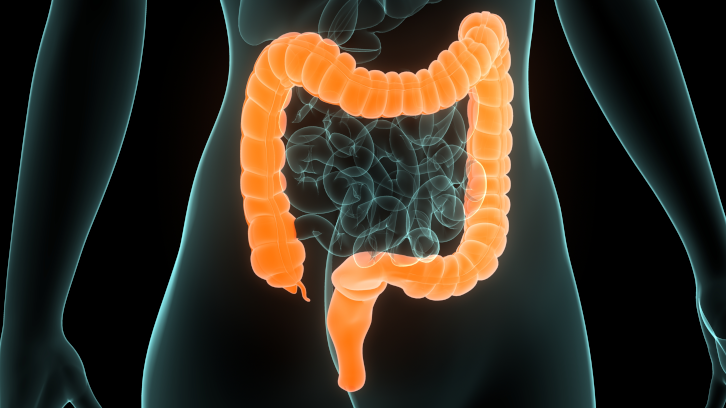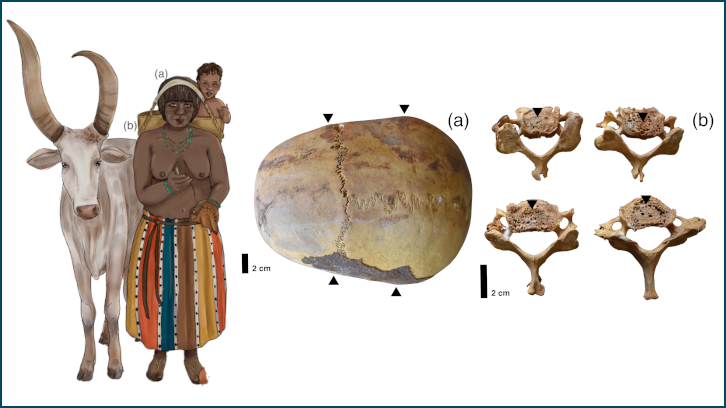Identifying new pathways of intestinal relaxation in the rat colon

The enteric nervous system is responsible for the contraction and relaxation of the intestinal muscle, which is essential for the movement of food throughout the digestive system. Researchers from the UAB pharmacologically characterize, in the rat colon, a complementary relaxation pathway through alpha-adrenergic receptors.
The digestive system is regulated by the autonomic nervous system, which has three components: the sympathetic, parasympathetic, and enteric systems. The enteric nervous system is directly responsible for the contraction and relaxation of the intestinal muscle, which is essential for gastrointestinal motility, allowing food to move throughout the entire digestive system.
The main neurotransmitter of the sympathetic system is noradrenaline, which acts on adrenergic receptors of the alpha (α) and beta (β) types, each with multiple subtypes (such as α1A, α2A, β2, etc.). Agonist substances can activate these receptors, while the antagonists block this activation. Typically, activation of α receptors leads to smooth muscle contraction and vasoconstriction, although their specific role in intestinal function remains poorly understood.
This study aimed to pharmacologically characterize the adrenergic receptors responsible for intestinal relaxation in the rat colon. To achieve this, ex vivo colon samples were used to assess their contractile response to different drugs.
The experiments revealed two independent relaxation pathways. The β-Adrenergic pathway, in which the β-agonist isoprenaline induced muscle relaxation, an effect that was inhibited by the β-antagonist propranolol. The α1A-Adrenergic pathway, in which the α-agonist phenylephrine also caused intestinal relaxation, a surprising effect compared to the contraction it typically causes in vascular muscle. This effect was blocked by several α-antagonists (phentolamine, prazosin, RS17053), and also by apamin, an inhibitor of calcium-activated potassium channels (KCa).
This relaxation mediated by α1A receptors, which is unusual compared to other tissues, is likely due to the presence of specialized interstitial cells that express both these receptors and KCa channels. These cells transmit the electrical signal to the intestinal smooth muscle, leading to relaxation.
This discovery opens new avenues for the development of spasmolytic drugs that use the α1A pathway to relax intestinal muscles. Such treatments may be beneficial for gastrointestinal disorders associated with spasms. However, systemic side effects must be considered, as adrenergic receptors are widely distributed throughout the body.
Department of Cellular Biology, Physiology and Immunology
Universitat Autònoma de Barcelona
References
Traserra, S.; Grao, M.; Trujillo, S.; Jiménez-Altayó, F.; Vergara, P. & Jimenez, M. (2025). Pharmacological characterization of alpha adrenoceptor-mediated motor responses in the rat colon. Neurogastroenterology and motility, 37(1), e14921. https://doi.org/10.1111/nmo.14921


